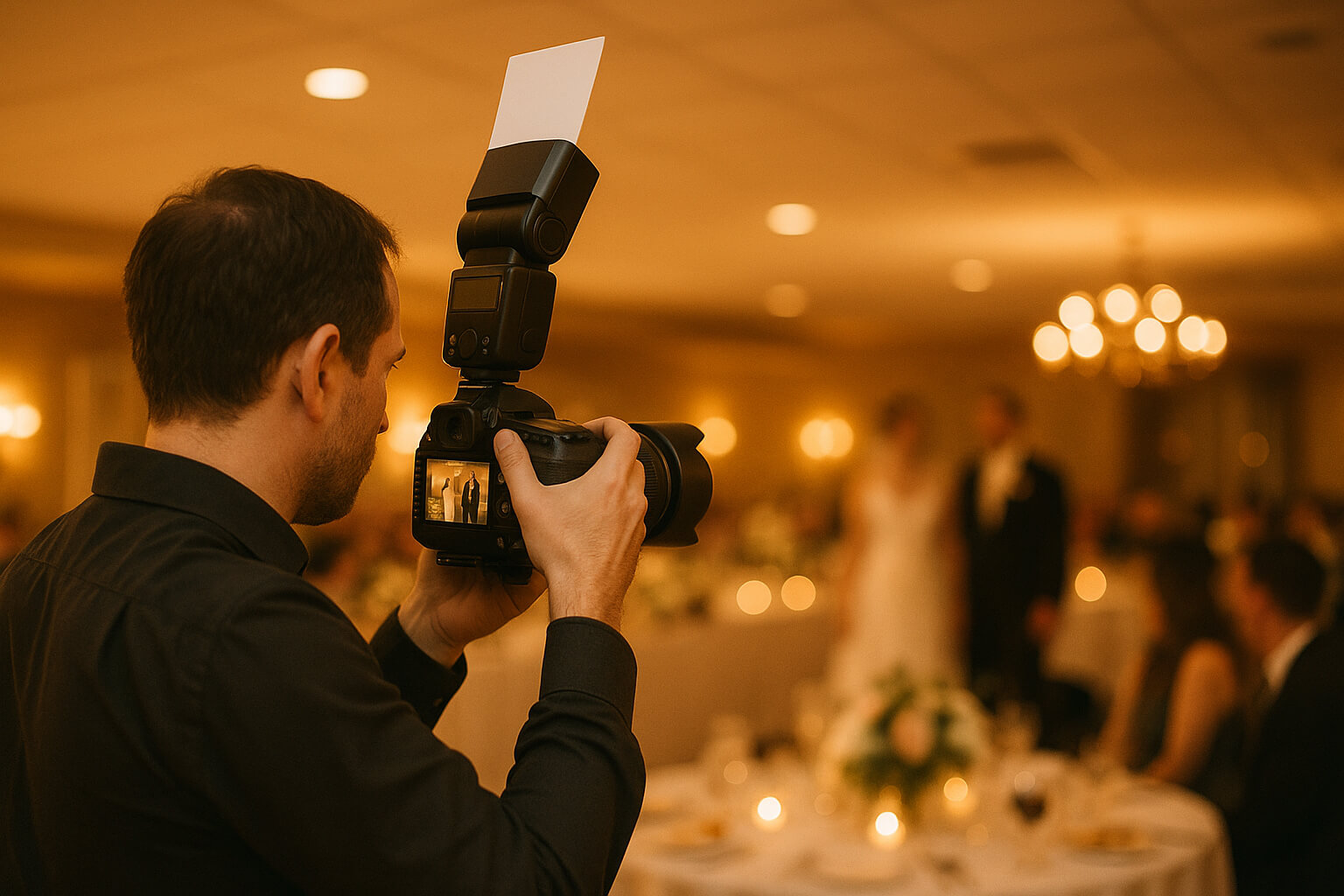June 02, 2025

Flash photography is an essential technique that can drastically improve your photos, whether you're shooting in low-light environments or trying to add an extra dimension to well-lit scenes. It allows you to control lighting in a way that enhances the mood, highlights details, and creates beautiful contrasts. However, understanding the right flash settings is crucial to avoid common issues like harsh shadows, overexposure, or flat-looking photos. In this guide, we’ll cover the best flash settings for a variety of photography scenarios, from portraits to events, as well as some helpful tips and gear recommendations.
Before diving into the specific settings, it's important to grasp the core components that influence flash photography. These elements play a role in how your image will look once the flash is used:
Tip: To take your flash skills further, explore different artificial lighting setups that complement flash use and improve the overall quality of your photos.
Different photography scenarios require different settings. Below are the best configurations for flash photography in various common situations:
1. Indoor Portraits : For indoor portrait photography, you want a flash that is soft and flattering while still filling in shadows.
Tip: Use bounce flash (off walls or ceiling) to soften the light and reduce harsh shadows. This also avoids the direct flash look, which can create an unflattering, flat light.
2. Outdoor Fill Flash (Daylight) : When shooting outdoors in bright sunlight, a flash can help fill in shadows on your subject’s face.
Tip: Use fill flash to eliminate harsh shadows on the subject’s face, especially during midday or when the sun is directly overhead.
3. Event or Party Photography : For events or parties, you often need quick adjustments to capture the moment, especially in dimly lit environments.
Tip: Use a diffuser or bounce to soften the light and avoid harsh shadows. You can also add a wireless trigger system to sync multiple flashes if needed.
4. Creative Slow Sync Flash (Night Portraits) : Slow sync flash combines ambient light with the flash to produce dramatic effects, like motion trails or glowing backgrounds.
Tip: Use this setting for creative night portraits, where you want to capture the subject in motion or add a sense of drama with blurred background lights.
To maximize the potential of your flash photography, it’s crucial to have the right equipment. Here’s a list of recommended gear that can elevate your results:
Want to master portrait lighting? Check out our guide on split lighting for portraits.
To make the most of your flash photography, try implementing these pro tips:
Need editing tools to perfect your flash photos? Explore the best photo editing apps to fine-tune your images after the shoot.
Mastering flash photography is all about balance—between ambient and artificial light, subject and background, and sharpness and softness. By understanding the interplay between camera settings and flash power, you can use flash creatively, whether it’s for filling in shadows, creating dramatic effects, or adding warmth and depth to your images.
Experiment with different settings and modifiers, review your results, and refine your technique. Flash photography can become one of your most powerful tools when used with precision and creativity.
Want to turn your photography passion into a business? Learn how to scale your photography business or sell your photos online.
Stay up to date with the newest tips, gear reviews, and step-by-step guides to elevate your photography journey from home and beyond.